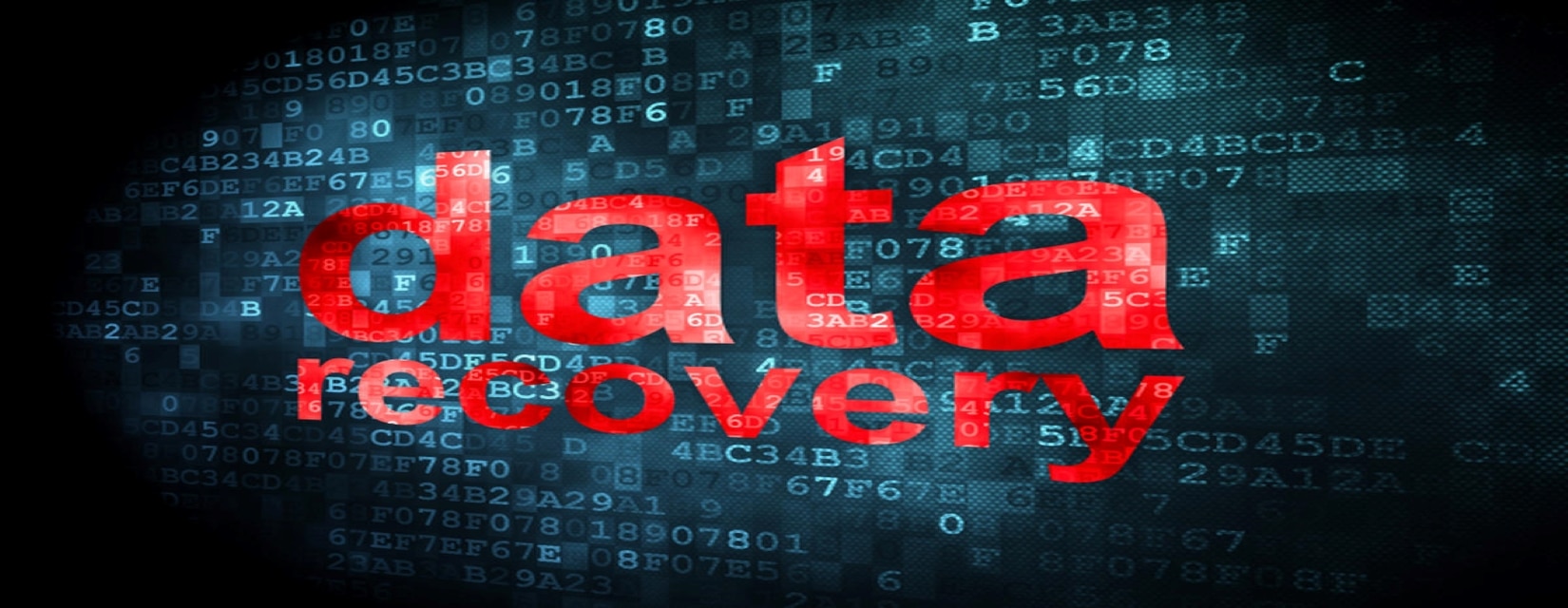It is understood that the success of every company revolves around the technologies that they employ, and this technology is embedded in the security of the IT infrastructure. The importance of a top level disaster recovery plan is therefore paramount to survival. When a technology catastrophe hits, it can be due to many circumstances, including cyber attack as well as system failures. The conundrum occurs when a company chooses to make use of in-house data recovery to repair or fix when they should be turning to professional data recovery experts. Downtime and data loss catapults into realms of both the tangible and the intangible; costing a company more than what they gambled on.
The value of your data: is in-house data recovery worth it?
The sobering facts about the ‘intangible’ is that they are actually the basis for a business. This includes the consequences that are involved in all aspects of a disaster or data breach: reputation, branding, customer loss, sales loss, future expansion, ultimate goals.
Cisco has included the following in their concept for ‘effective business continuance strategy’ when considering the value of loss:
How valuable is the data to the enterprise?
What will it cost the enterprise if the data is not available?
How much does the enterprise want to reduce the risk of data loss?
Attempting to accomplish in-house repair or data recovery with staff that lack the experience could extend the time required for full recuperation and the cost could be enough to affect the entire operation of the company. Time is of the essence, and this is when a company needs to bring in the an experienced data recovery company to expedite and bring everything back online.
In a McAfee report, they stated the cost of cyber attacks on a worldwide scale and stated, “If we used the loss by high-income countries to extrapolate a global figure, this would give us a global total of $575 billion. Another approach would be to take the total amount for all countries where we could find open source data and use it to extrapolate global costs. This would give us a total global cost of around $375 billion. A third approach would be to aggregate costs as a share of regional incomes to get a global total. This would give us an estimate of $445 billion.
None of these approaches are satisfactory, but until reporting and data collection improve, they provide a way to estimate the global cost of cybercrime and cyber espionage. Given the wide variation in estimates of loss and the difficulty of valuing IP, it is possible that we have overestimated the cost of cybercrime and cyber espionage, but the wealth of anecdotal data on the number of incidents and their effect suggests otherwise. If anything, data on crimes related to the theft of “intangible” sources of value suggest it is more likely that we have underestimated the effect. These intangible costs include the loss of military advantage by the victim country, increased military advantage for the acquiring nation, and the costs to repairing any damage. They also include increased competition for international arms sales, as the acquiring nation’s products improve in quality. For example, press reports suggest that intrusion into an American advanced fighter aircraft program led to cost increases in the tens of millions of dollars and delays as software was rewritten or replaced.”

What other variables for at-home data recovery should I consider?
These are the topics that most can wrap their heads around when it comes to cost, but when they are totaled in their entirety, the price for downtime increases with each tick of the clock. Depending upon the type of disaster, there can be many variables at play, and sometimes they are occurring simultaneously.
Data recovery in a situation involving a crashed server, failed hard drives and raid recovery could be combined with the need for attention to a security breach due to a cyber attack. Each one, on an individual basis, is harsh enough, but when employees that are inexperienced in the nuances of these recovery processes attempt to pursue an in-house data recovery, they may not be aware of all of the emergency procedures that are required for each step. This is especially important when more than one situation is at play as they can institute additional harm that can extend the duration of the disaster.
Beyond just the price of replacing hardware, there are procedures that need to be addressed to ensure the safety of proprietary data as well as network considerations and overall data recovery and transition and testing involved to bring a system back up and running successfully.
In most cases, companies assume the strategies that they have set in place accommodates the level of redundancy that will be needed in case of a disaster. When there is a failure within the redundancy, it can escalate the situation into one that can be near impossible to cope with on an internal basis. Coordinating with the IT Department, there are usually standard emergency procedures, but these typically only extend to specified areas. The requirements for immediate overnight service of replacement hardware, additional staff for installation and testing, examination of potential security breaches that may have extended into the network, and safe data recovery and transition, are typically overwhelming for even the best IT teams.
A professional data recovery company is designed to approach the situation with varying levels of analysis to expedite and repair the problems, reducing the downtime and ensuring the safety and security of proprietary data. Their expertise involves an examination, evaluation and an overall approach that can combine hardware technology failures with the elimination of cyber attack scenarios. Successful data recovery through the use of an expert company involves addressing both tangible and intangible aspects to avoid extended loss durations.
Learn the full costs of data recovery
Want to know every detail that goes into data recovery costs?
What Does Data Recovery Cost?







